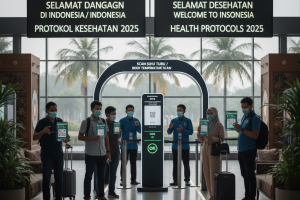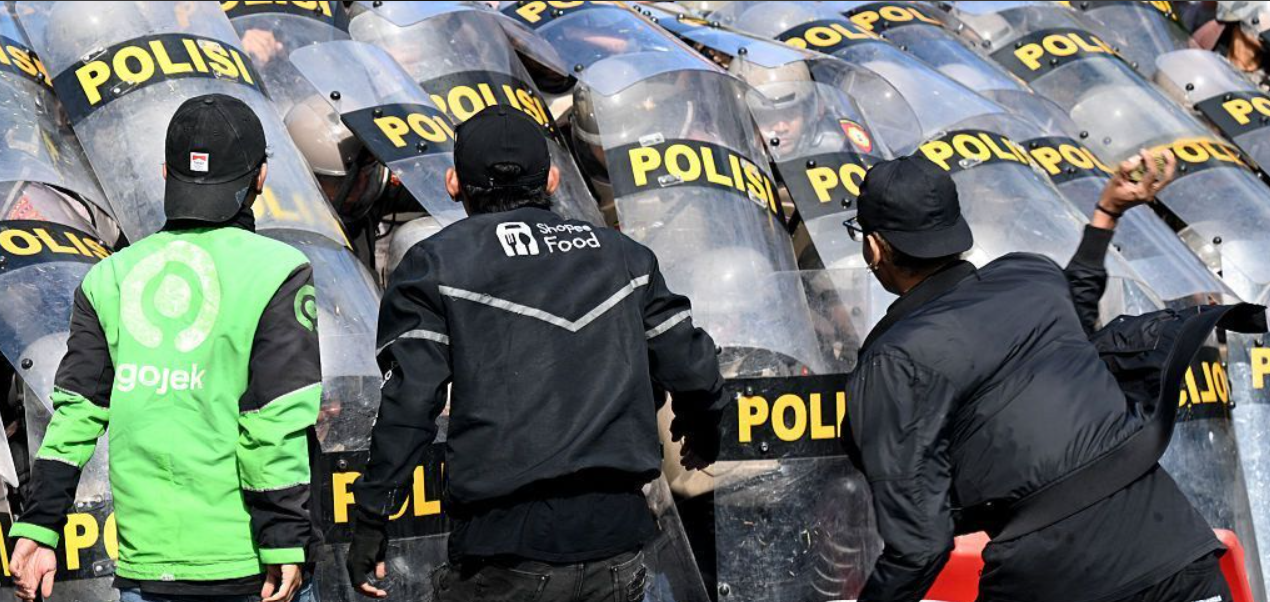Bali is by far Indonesia’s most important tourism destination. In 2004, it accounted for 1.5 million (29%) of Indonesia’s 5.3 million inbound visitor arrivals – 50% more than the capital, Jakarta. And if only guests in commercial accommodation are considered, Bali’s share of foreign tourism was even greater, at 43%.
The resort has taken two dreadful blows from terrorist attacks: the bombings of October 2002 and October 2005, both deliberately and specifically intended to cause large numbers of casualties among tourists, and both naturally inflicting severe damage on the island’s image as a desirable tourism destination.
While recently reported trends suggest that, in the two months following the bombing of 4 October 2005, Bali’s tourism proved more resilient than in 2002, the industry was nonetheless very hard hit.
In terms of arrivals, 2004 was the best year on record for the island, surpassing by 8% its previous best performance in 2000. Prior to the bombing, Bali was heading for a new record of over 1.6 million visitors in 2005, which would have represented growth of around 5%. The bomb reversed the trend, producing declines in arrivals of 37% in October and 43% in November (compared with the same months in 2004). Total foreign direct arrivals for 2005 in Bali reached 1.39 million, a drop of 9% compared with 2004, when the island attracted 1.52 million visitors.
However, the last quarter of the year (October-December) bears the full impact of the bomb with a drop of almost 40% in foreign arrivals. Arrivals dropped 52% during the last quarter for Japanese, 53% for Australians, 51% for Taiwanese and 56% for Koreans. By contrast, European travellers have been more resilient, declining by ‘only’ 10% since October. (It should be noted that only Australia, New Zealand and South Korea issued travel warnings against travel to Bali after the October 2005 bombings – far fewer countries than in 2002).












